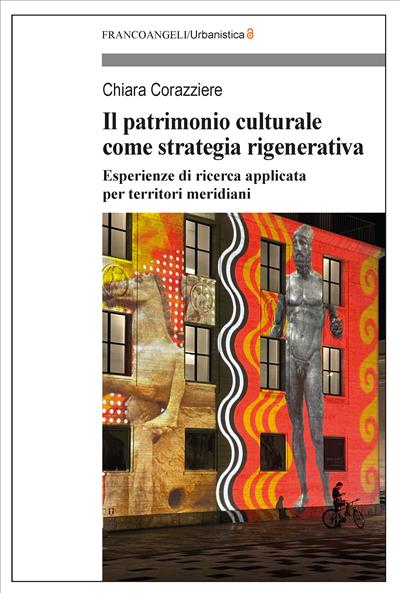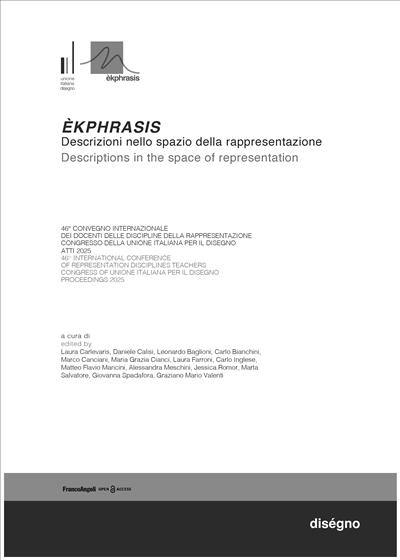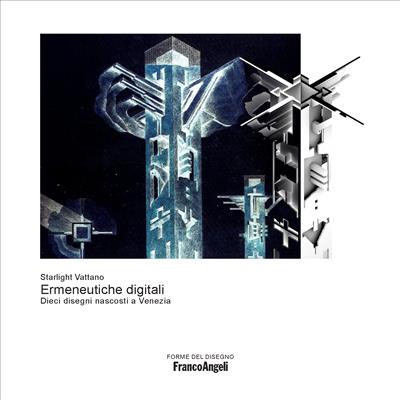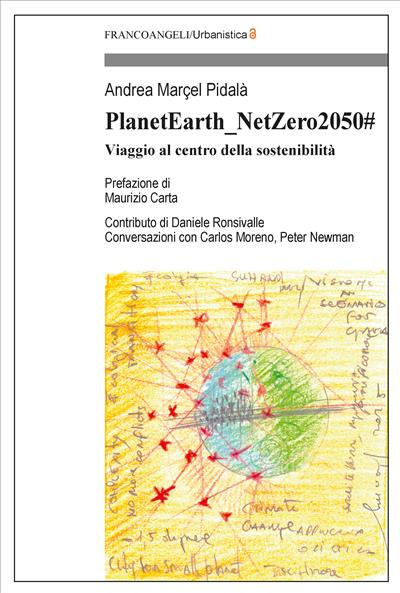
Designing Knit Designers
Traditionally associated with craftmanship and manual work, knitwear seems a quite unusual subject of investigation for scientific research. This book places it as an integrative part of the industrial design culture where the dialogue between a productive system of excellence and the design discipline taught in universities becomes a topic of central concern. The present book reports an experimentation conducted in the unique conditions of the Italian industrial design culture, that defined tools and methods to train knit designers not as artists, but with the technical and cultural knowledge and the project-oriented mindset that is typical of industrial design disciplines.
Pagine: 232
ISBN: 9788891797797
Edizione:1a edizione 2019
Codice editore: 10319.3
Informazioni sugli open access




